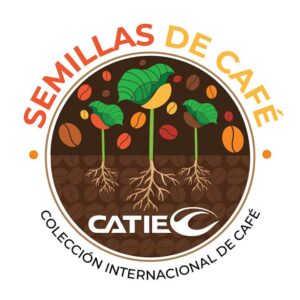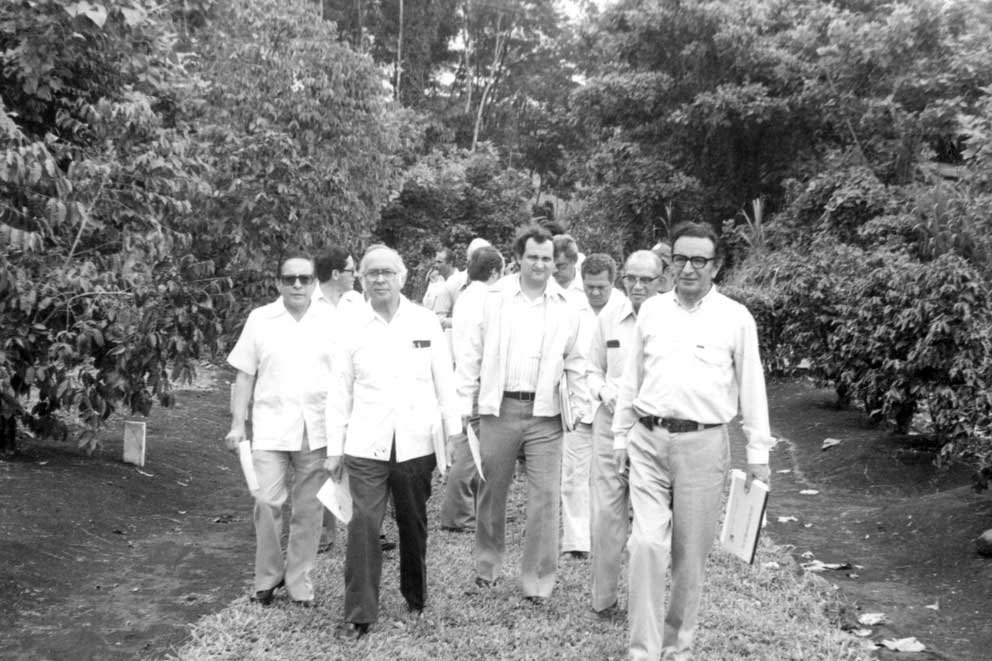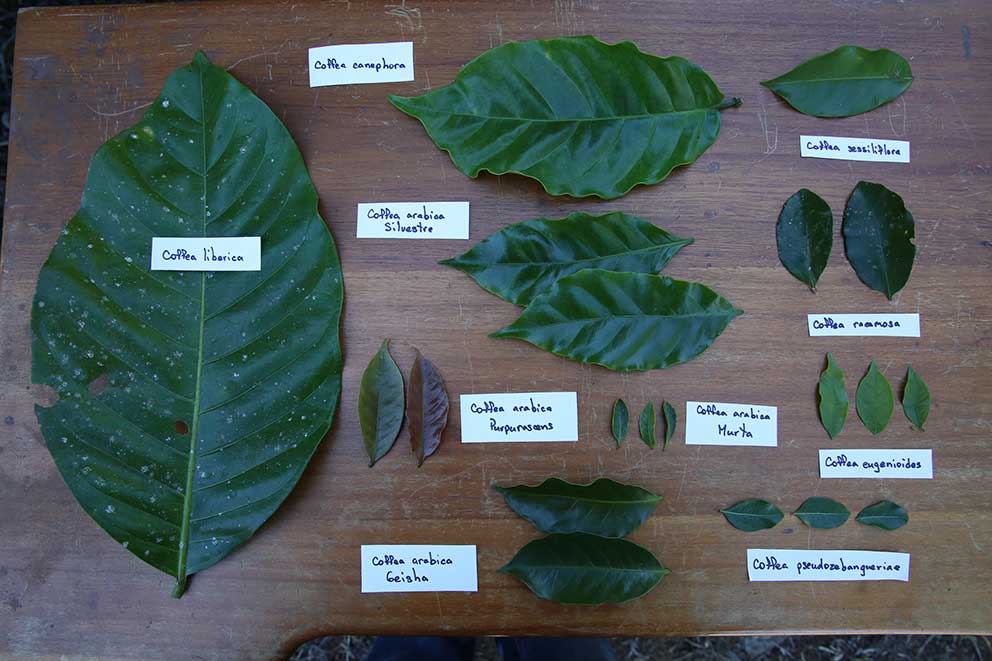The Genetic Heart of Coffee in the Americas!
The CATIE (Tropical Agricultural Research and Higher Education Center) is home to one of the world’s most important coffee germplasm collections: nearly 2,000 different genetic materials that represent an invaluable source of diversity for global coffee cultivation.
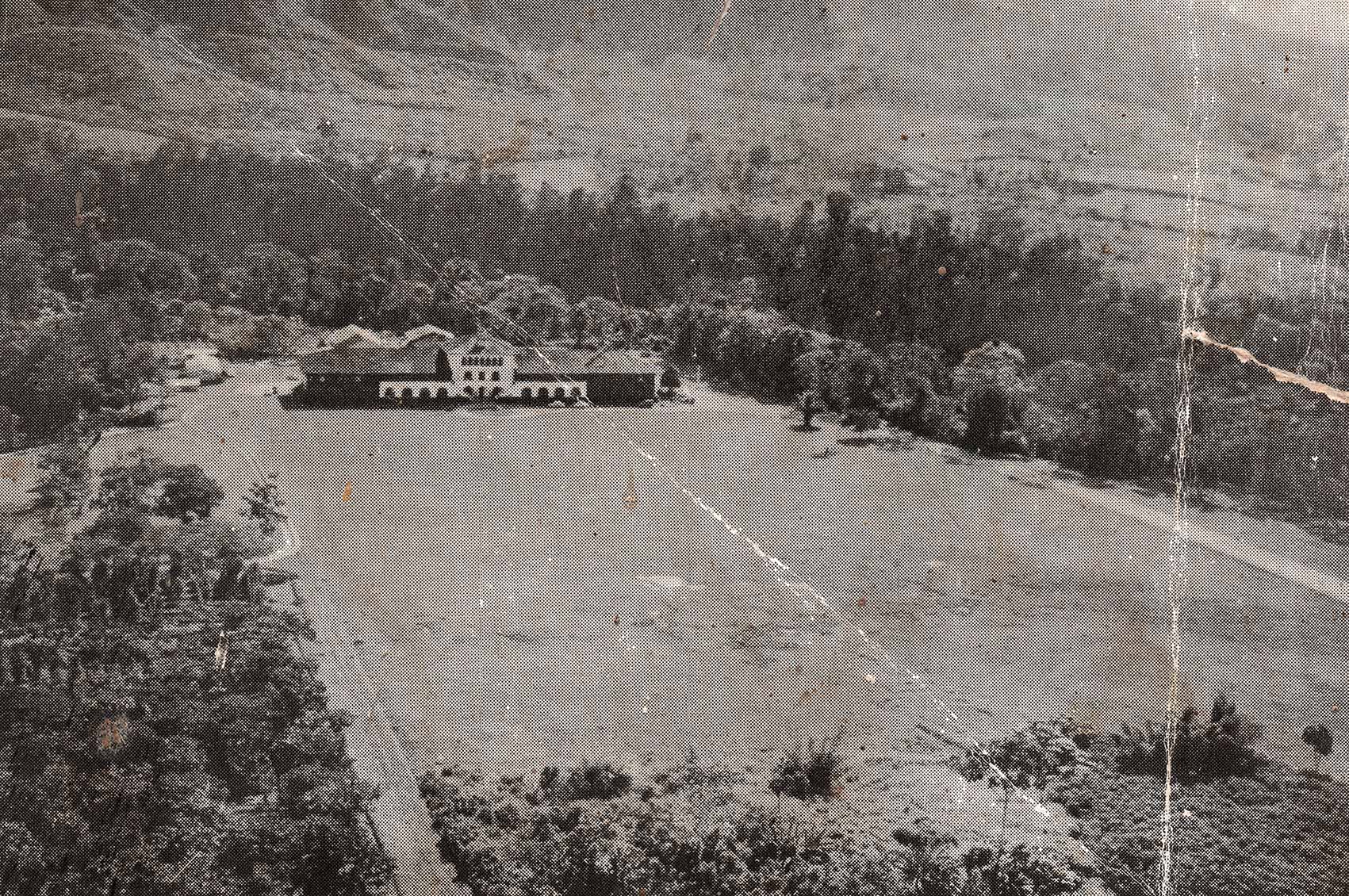
Since 1949, when the first materials arrived from Brazil, Guatemala, and El Salvador, this collection has been enriched with wild genotypes from regions of origin such as Ethiopia, Kenya, Sudan, and Yemen, becoming:
- The 4th largest Coffea spp. collection in the world.
- The most significant Coffea arabica collection in the Americas.
- The most diverse international Coffea arabica collection under public domain, according to FAO.
- One of the four “Origin” collections in the world — and the only one outside the African continent.
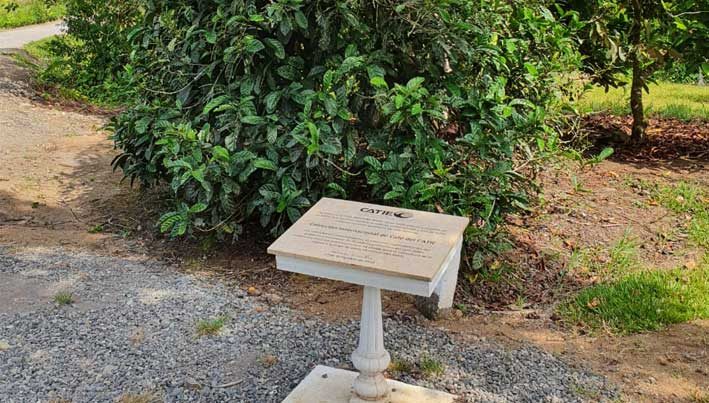
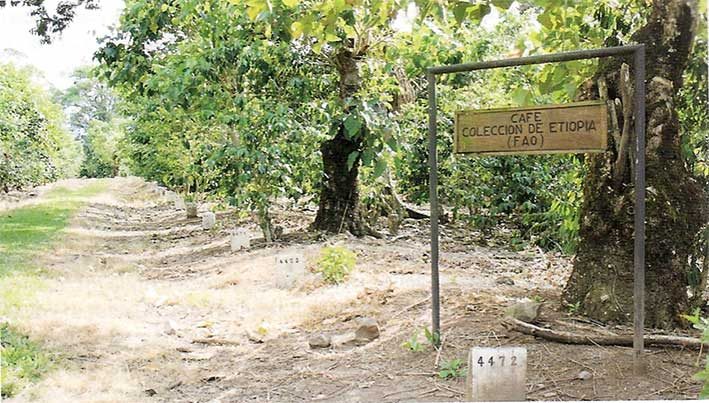
Why is it so important?
For more than 70 years, this collection has served as the foundation for coffee breeding programs across the planet.
Thanks to it, more productive varieties have been developed — resistant to diseases such as coffee leaf rust — and with exceptional cup quality.
The CATIE collection not only preserves the past of coffee:
it safeguards the future of global coffee cultivation!
Some Outstanding Achievements:
Geisha
Introduced in the 1950s from Tanzania to CATIE’s collection and later distributed throughout Central America, it became one of the most recognized varieties worldwide. Its organoleptic quality has reached record prices in international auctions: up to USD 15,000 per pound in Panama.
Nemaya
A rootstock resistant to nematodes, developed from the crossing of two robusta accessions from CATIE’s collection. Today, it is key to the sustainability of many coffee farms in Central America.
Wild Varieties and Heirlooms
High-Potential F1 Hybrids
• 30–60% higher productivity than traditional varieties.
• Resilience under adverse climate conditions.
• Exceptional cup quality (one of them won the Cup of Excellence in Costa Rica, 2016).
Tolerance to diseases such as leaf rust and CBD. Since 2015, 146 new hybrid families have been developed, expected to outperform the first generation. These new hybrids are currently being validated under diverse climatic conditions in several countries, with the goal of releasing them as new varieties by 2030.
Innovation and Biotechnology
CATIE has a specialized laboratory for somatic embryogenesis and in vitro propagation, as well as a hybrid reproduction program through mini-cuttings at the Forest Seed Bank. This ensures the multiplication of elite varieties to support the development of coffee cultivation in the region and worldwide.
Learn More
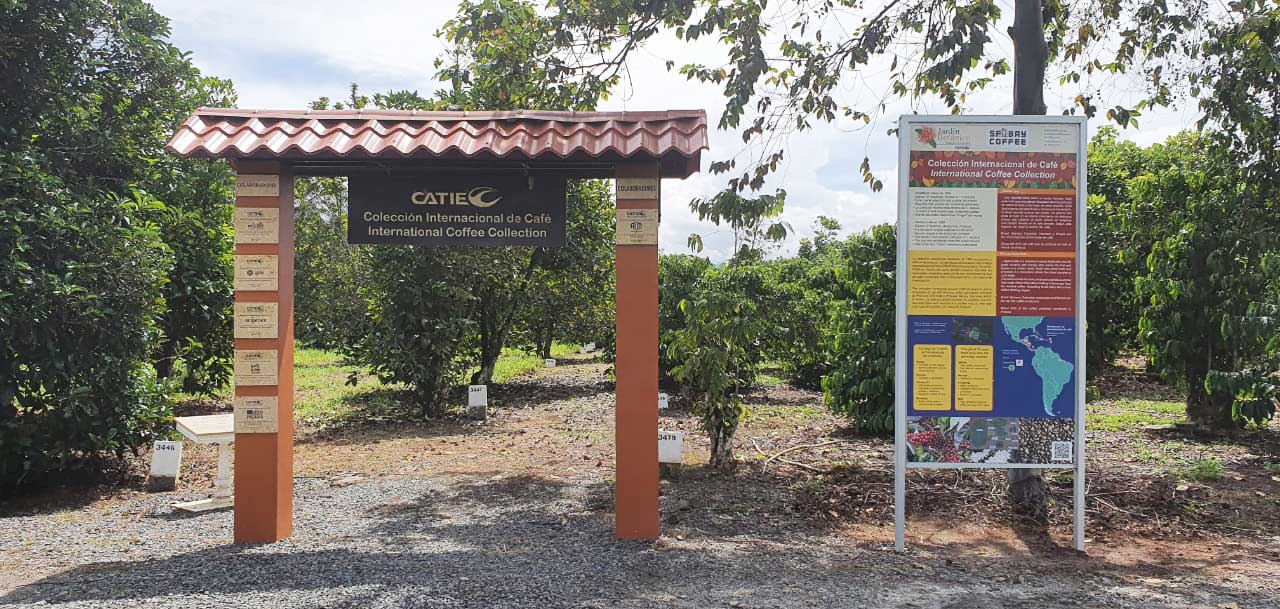
The CATIE International Coffee Collection is open to research, innovation, and collaboration.
Would you like to request seeds from the materials conserved in our collection?
Write to us: 📩 coleccioncafe@catie.ac.cr
